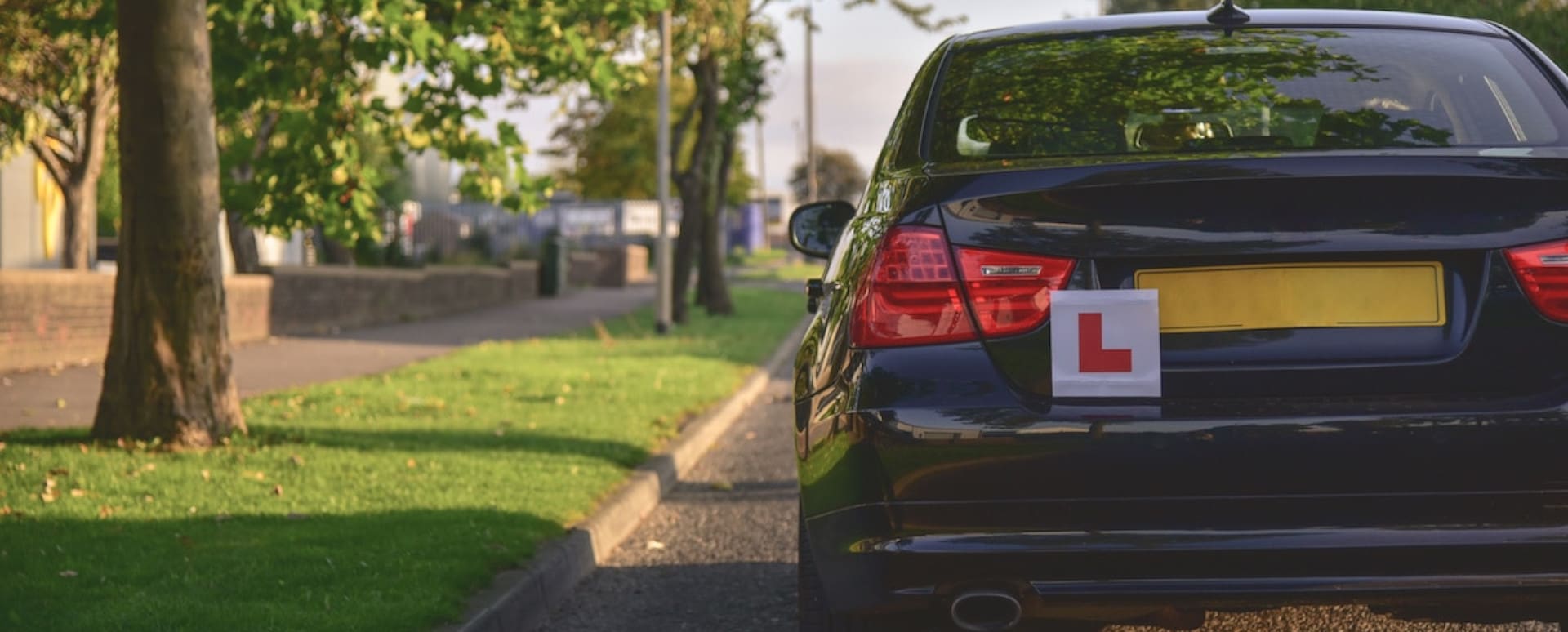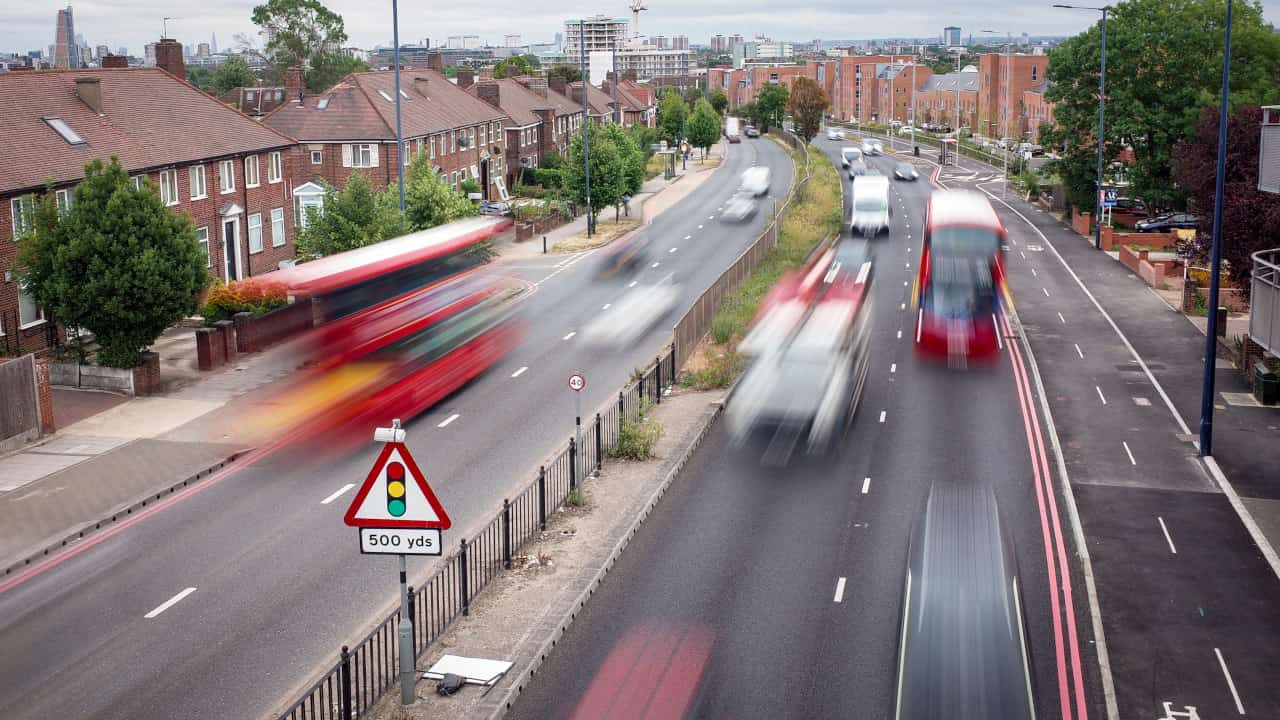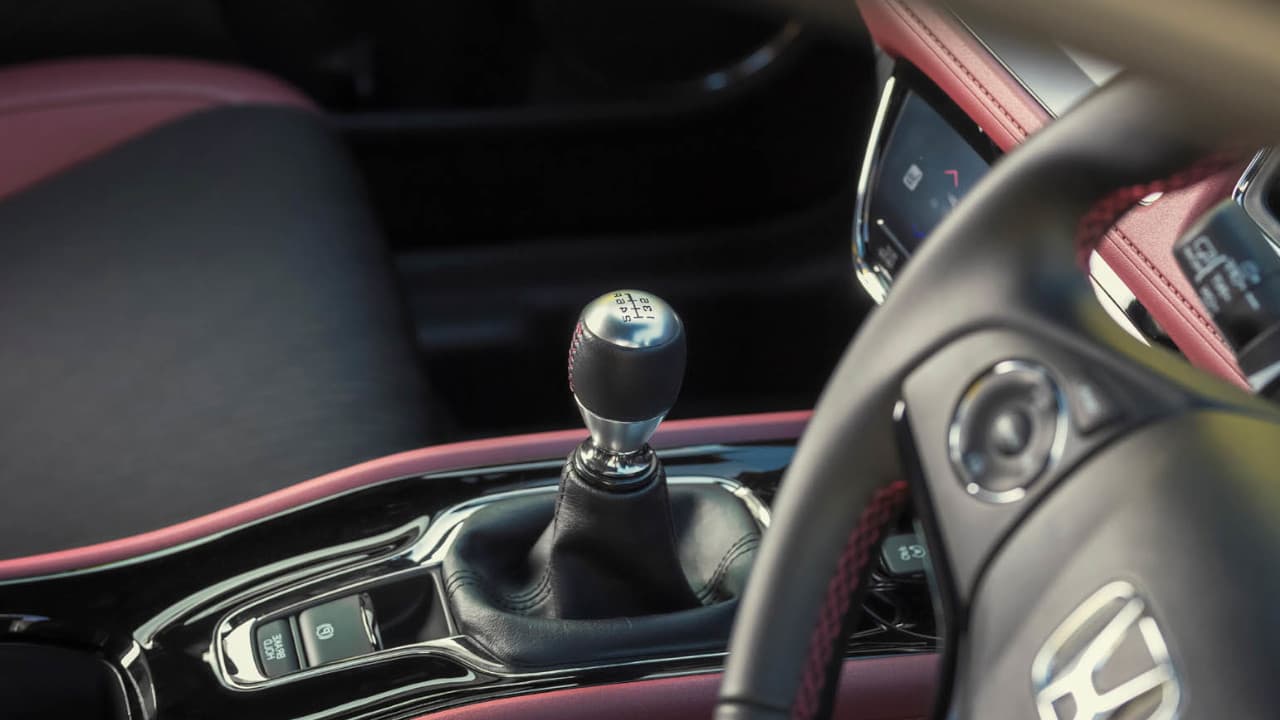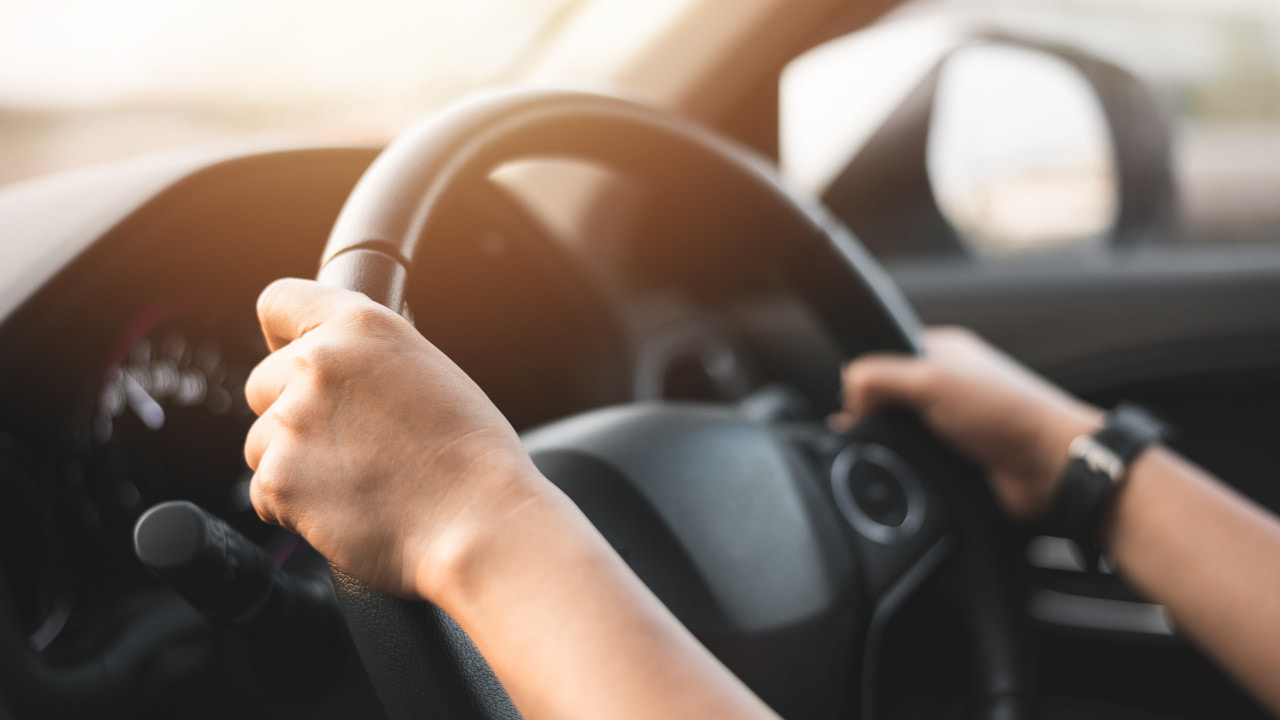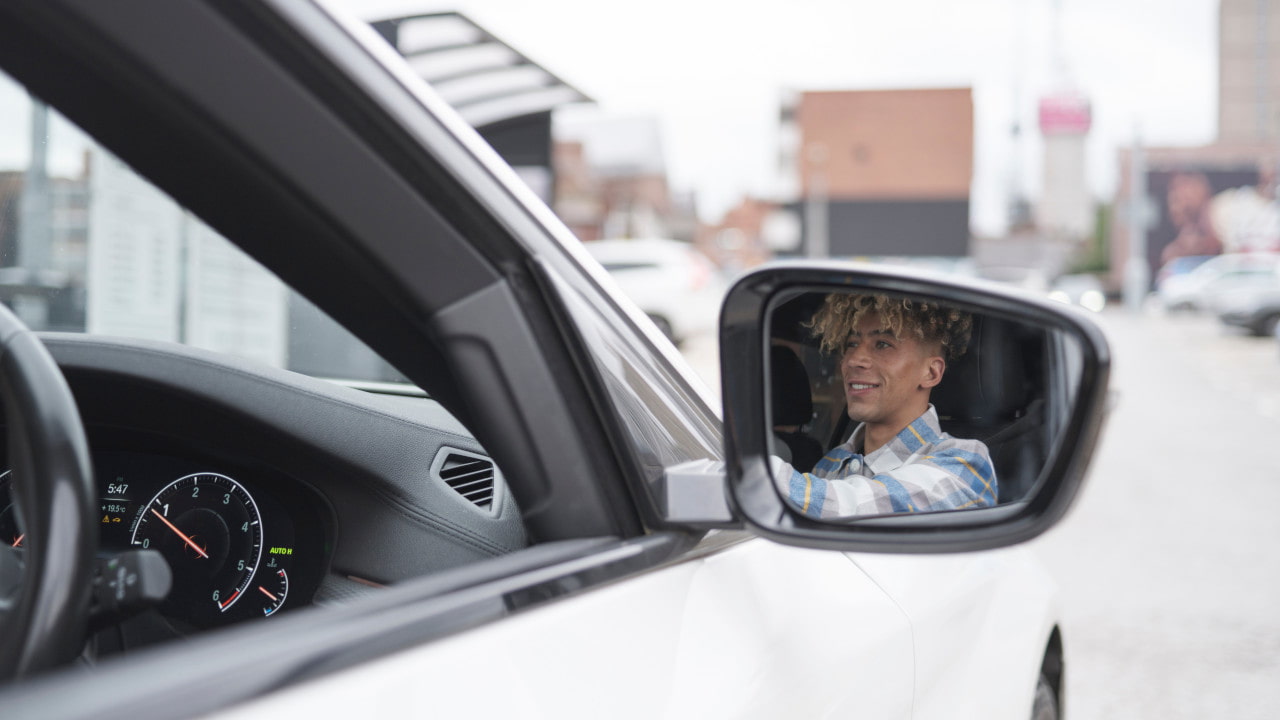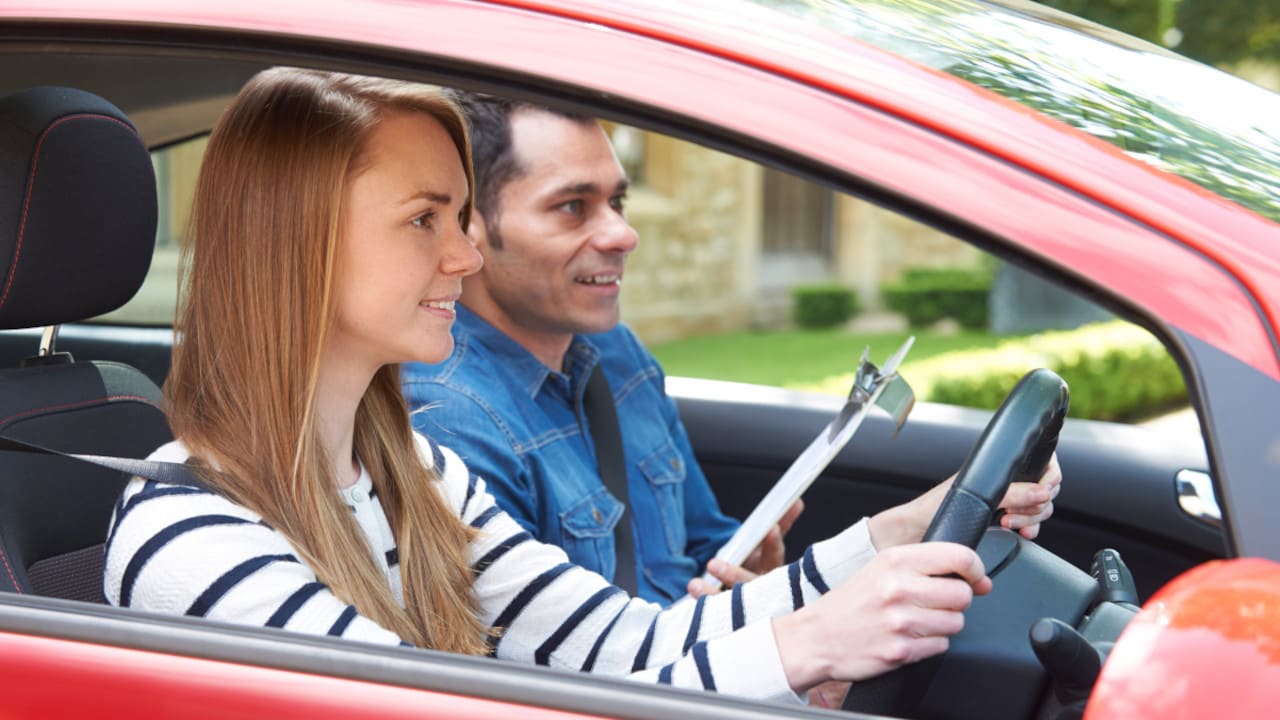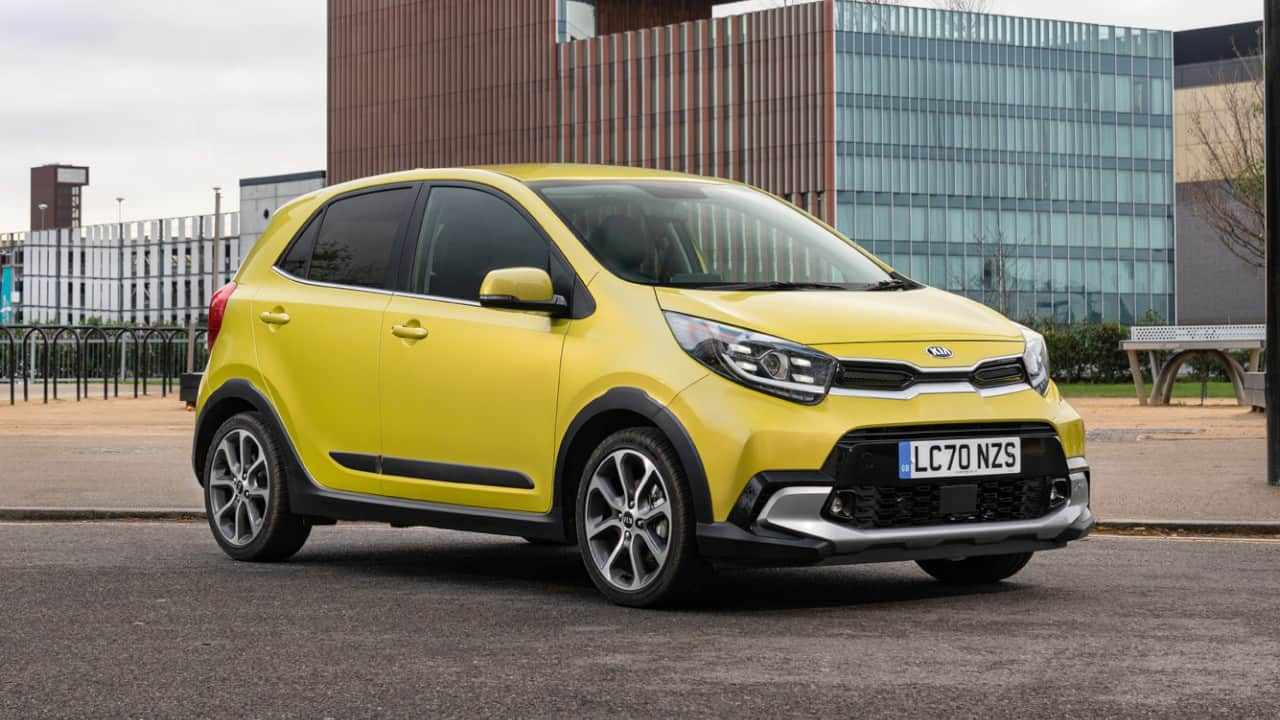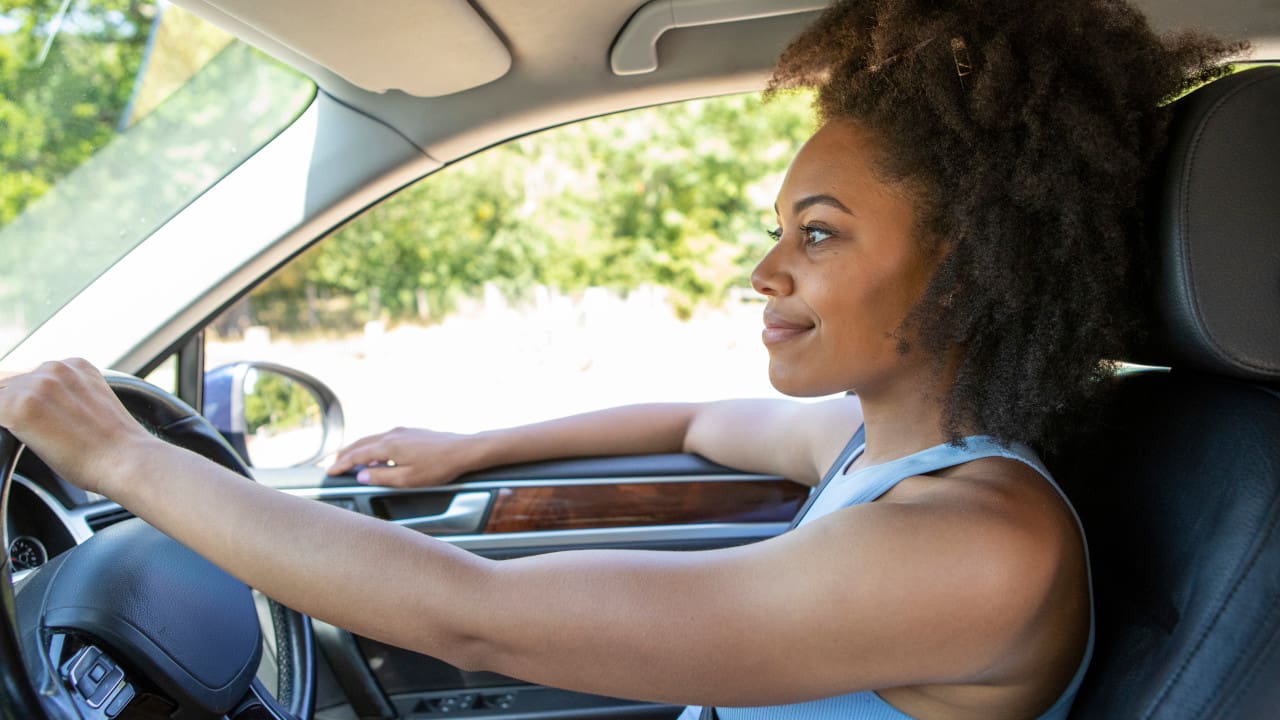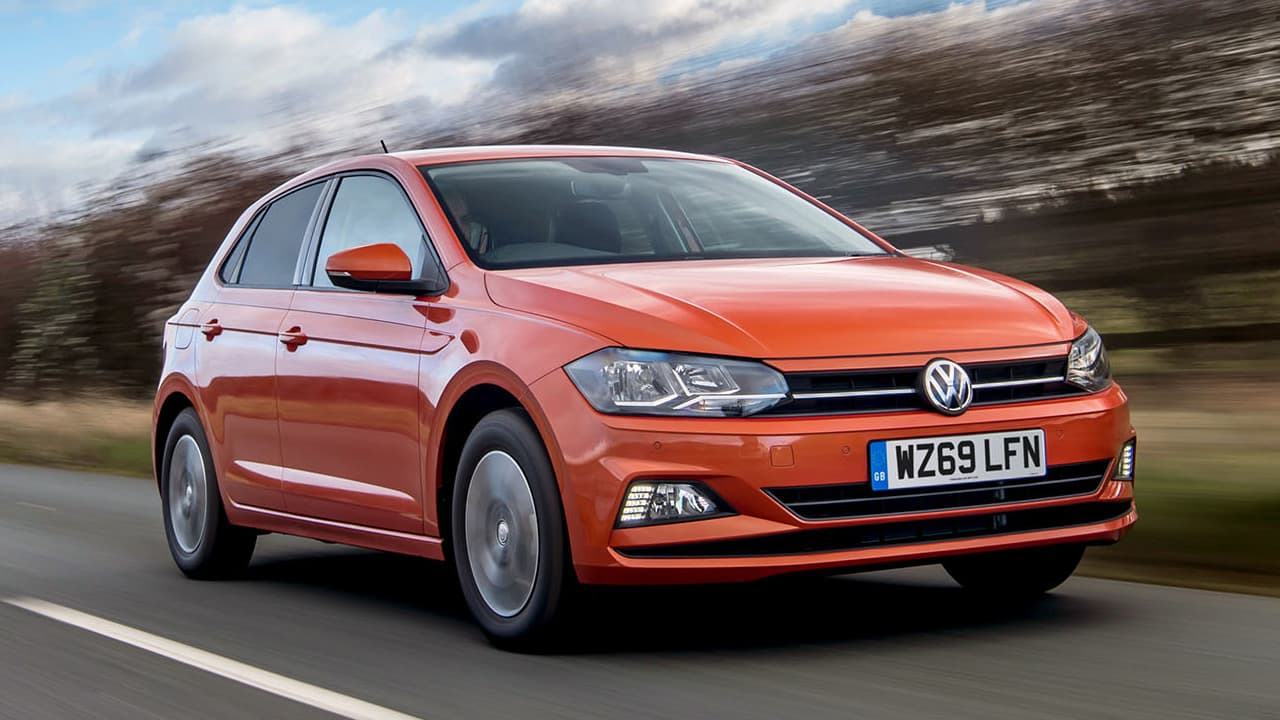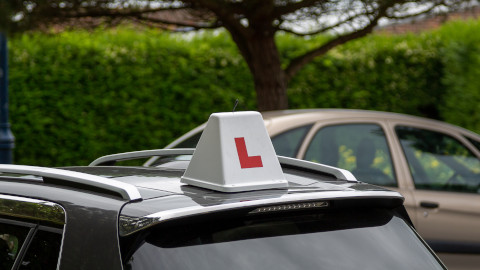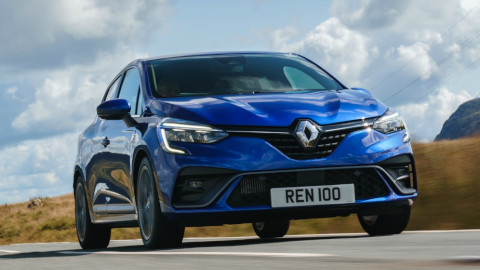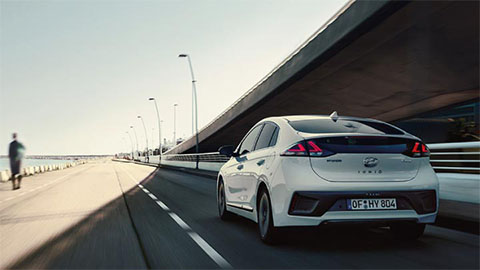10 Essential Tips for Learning to Drive in the UK
24th Apr 2024
By Ellie Brown
Learning to drive in the UK
Learning to drive and passing your driving test is often associated with freedom and independence for many. However, for many learner drivers, the process can feel overwhelming. Between adapting to the car's controls, understanding the rules of the road, and staying calm behind the wheel, learning to drive demands focus and practice.
This comprehensive guide equips you with 10 essential tips to transform you from a beginner to a confident and self-assured driver. We'll focus on practical skills and knowledge, from acing your first driving lesson to mastering manoeuvres and prioritising safety on the road.
Contents
- Prepare for your first driving lesson
- Choose the right transmission
- Understand your vehicle
- Mirror, signal, manoeuvre (MSM)
- Practice defensive driving
- Regular practice
- Buy your own car to practice in
- Master the theory test
- Stay calm in stressful situations
- Apply what you've learnt after you've passed
1. How to prepare for your first driving lesson
- Know the car's basics: Get used to the car's dashboard layout, mirrors, pedals (clutch, brake, and accelerator for manual transmissions), and gear stick.
- Dress comfortably: Wear clothes that allow for easy movement and comfortable shoes with good grip.
- Arrive calm and focused: Learning to drive requires concentration. Take a few deep breaths and avoid scheduling your lesson during a stressful time.
- Ask questions: Don't be afraid to ask questions— your instructor is there to guide you.
2. Choose the right transmission
The type of transmission you learn on can significantly impact your confidence and learning, and there are pros and cons to each gearbox.
Manual cars offer greater control over the vehicle, but require more coordination and can be trickier to master, especially when starting out. Automatic cars, on the other hand, are simpler to learn and operate, making them a popular choice for new drivers.
Ultimately, the best choice depends on your individual needs and preferences. Consider factors like the types of vehicles you expect to drive in the future and your comfort level with handling a gear stick.
3. Understanding Your Vehicle
Before you even start your engine, take the time to familiarise yourself with the fundamentals of your vehicle. Sit in the driver's seat and acquaint yourself with the layout of the car's controls.
Locate the accelerator, brake, and clutch pedals, as well as the gear stick and steering wheel. Understanding the basic functions and operation of these components is crucial for gaining confidence behind the wheel. Don't hesitate to ask your instructor or a knowledgeable friend or family member for guidance if needed.
4. Mirror, Signal, Manoeuvre (MSM)
The mirror, signal manoeuvre (MSM) routine is ingrained in every safe driver. It's important to check your mirrors (rearview and side) and maintain situational awareness.
Develop the habit of signalling well in advance of every turn, lane change, or merge. This not only keeps you safe, but also ensures predictable movements for other drivers on the road. The MSM routine includes:
- Mirror: Check your mirrors to see what's behind and beside you.
- Signal: Communicate your intentions to other drivers using your turn signals.
- Manoeuvre: Once it's safe to do so, smoothly execute your turn, lane change, or merge.
5. Practice Defensive Driving
Defensive driving is a mindset that prioritises safety and caution on the road. It involves anticipating potential hazards and taking proactive measures to avoid accidents.
As a new driver, adopting a defensive driving approach can greatly reduce your risk of collisions and keep you and others safe. Always maintain a safe following distance from the vehicle in front of you, be prepared to react quickly to sudden changes in traffic, and avoid engaging in risky behaviours such as tailgating or aggressive driving.
Remember, it's better to arrive at your destination a few minutes late than to risk your safety by driving recklessly.
6. Regular Practice
They say practice makes perfect, and that's especially true when it comes to learning to drive. The more time you spend behind the wheel, the more comfortable and confident you'll become in your abilities.
Take advantage of every opportunity to practice driving in different environments, from quiet residential streets to busy highways. Don't shy away from challenging yourself with new routes or driving conditions, as each experience will help you grow as a driver.
If possible, practice with a trusted friend or family member in addition to your driving instructor to gain different perspectives and feedback. Remember, becoming a skilled driver takes time and effort, so be patient with yourself and celebrate each milestone along the way.
7. Buy your own car to practice in
While not everyone has the privilege of learning in their vehicle, if you have the means to do so, it can significantly enhance your learning experience.
Practising in your car allows you to become intimately acquainted with its quirks and nuances, fostering confidence. You can adjust the seat, mirrors, and controls to suit your preferences, creating a comfortable driving environment.
There are plenty of used cars on the market offering budget-friendly options that are perfect for a first car, but if owning a car isn't feasible, using a family member's or friend's vehicle can still offer valuable practice opportunities. Regardless of the vehicle, consistent practice remains key to mastering driving skills and building confidence behind the wheel.
8. Master the theory test
Excel in your theory test by understanding the rules of the road and the significance of road signs and symbols. Study the official driver's handbook diligently, focusing on traffic laws, road signs, and safe driving practices. Grasp the meaning behind different categories of road signs—regulatory, warning, and informational—and learn how to respond appropriately when encountering them.
Additionally, you should familiarise yourself with traffic laws, including speed limits, right-of-way rules, and parking regulations. Utilise online practice tests to reinforce your knowledge and assess your understanding of the material. By dedicating time to learning these essential components, you'll not only pass your theory test but also develop a solid foundation for safe and responsible driving.
9. Stay calm in stressful situations
Driving can sometimes be stressful, especially when faced with heavy traffic, aggressive drivers, or unexpected roadblocks. In these moments, it's essential to stay calm and composed to make rational decisions and avoid escalating the situation.
Take deep breaths, focus on maintaining a safe following distance, and avoid engaging with aggressive or impatient drivers. If you find yourself feeling overwhelmed, don't hesitate to pull over in a safe location to collect yourself or ask for assistance if needed.
Remember that your safety and well-being are paramount, so prioritise them above all else when navigating challenging driving situations.
10. Apply what you've learnt after you've passed
Passing your driving test marks the beginning of your journey as a driver. As you encounter new situations like motorways and city driving, don't forget the valuable lessons from your instructor.
Approach each scenario with the same care and execution you've been taught, apply your skills to navigate safely and confidently, and remember, driving is a lifelong learning process.
Each experience on the road offers a chance to refine your abilities and become a better driver. So, embrace the road ahead with confidence and a commitment to continuous improvement.
Find your perfect first car with Evans Halshaw
Learning to drive can be a challenge, but if you're equipped with all the essential information you need to succeed, passing your driving test should be a breeze.
If you're in the market for your first car, we stock plenty of new and used cars for you to browse through. Simply contact your local Evans Halshaw retailer to test drive one today.
If you're curious to discover more driving advice and information, check out our blog section, which is regularly updated with the latest automotive guides and insight.

